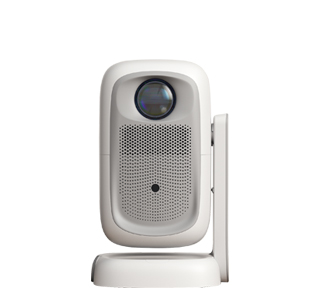
Projector screen vertical keystone correction is a key feature dedicated to rectifying vertical distortions in the projected image, which occur when the projector is not aligned vertically with the center of the screen. This type of distortion is one of the most common issues in projector setups, as projectors are often placed either above the screen (e.g., ceiling-mounted) or below the screen (e.g., placed on a low table or floor stand), rather than at the exact vertical center. When this happens, the projected image appears wider at the top (if the projector is mounted too high) or wider at the bottom (if the projector is placed too low), forming a vertical trapezoid. Vertical keystone correction adjusts the image vertically to fix this distortion, ensuring that the top and bottom edges of the image are parallel and the overall shape is a perfect rectangle.
Vertical keystone correction is essential in a wide range of environments, from homes to businesses and educational institutions. In home theaters, for example, many users prefer to ceiling-mount their projectors to save space and avoid obtrusive equipment on the floor. However, a ceiling-mounted projector is typically positioned above the screen’s center, leading to a vertical trapezoid where the top of the image is wider than the bottom. Enabling vertical keystone correction allows the projector to compress the top of the image and expand the bottom, restoring a rectangular shape that fits the screen perfectly. Similarly, in a classroom where the projector is placed on a desk at the front of the room (below the screen’s center), the bottom of the image may be wider than the top. Vertical correction fixes this, ensuring that students in the front and back of the room can see a clear, undistorted image.
Like horizontal keystone correction, vertical keystone correction can be achieved through digital or optical means. Digital vertical correction relies on the projector’s internal software to adjust the image’s pixel arrangement along the vertical axis. When the projector detects a vertical trapezoid, it analyzes the distortion and modifies the pixel data—reducing the number of pixels at the wider top or bottom and increasing them at the narrower opposite side. This process is quick and easy to control, with most projectors offering on-screen menus or remote control options to adjust the correction level. Digital correction is widely available in entry-level, mid-range, and high-end projectors, making it accessible to most users. However, it is important to note that digital correction can slightly reduce image quality, especially when the correction range is large. For instance, if the projector is mounted very high above the screen, requiring a significant vertical correction (e.g., ±30 degrees), the image may appear slightly pixelated or less sharp, as the projector is cropping and stretching the original pixel data.
Optical vertical keystone correction, also known as vertical lens shift, uses physical adjustments to the projector’s lens to correct vertical distortion without altering the image’s pixels. This method involves a movable lens or lens assembly that can be shifted up or down within the projector. By shifting the lens downward (if the projector is ceiling-mounted) or upward (if the projector is placed on the floor), the projector can align the image with the screen’s vertical center, eliminating the trapezoidal shape. Optical correction preserves the image’s original resolution and quality, making it ideal for applications where image clarity is critical, such as professional presentations, home theaters with 4K projectors, or medical imaging displays. For example, a 4K home theater projector with vertical lens shift can be ceiling-mounted, and the lens can be shifted down to center the image on the screen, ensuring that the full 4K resolution is maintained without any digital degradation.
When using vertical keystone correction, users should consider the projector’s specified correction range. Most projectors offer a vertical correction range of ±15 to ±30 degrees, with some high-end models providing even wider ranges. It is recommended to stay within this range to minimize image quality loss. Additionally, users should align the projector’s throw distance with the screen size. The throw distance (the distance between the projector and the screen) affects the image size, and improper throw distance can exacerbate vertical distortion. For example, a projector with a short throw distance (designed to be placed close to the screen) may require less vertical correction than a long-throw projector (placed far from the screen) when mounted off-center vertically.
In conclusion, vertical keystone correction is an indispensable feature for flexible and practical projector setups. It allows users to place projectors in non-ideal vertical positions (such as ceiling-mounted or floor-placed) while ensuring that the projected image remains rectangular and clear. By understanding the differences between digital and optical correction methods and considering factors like correction range and throw distance, users can effectively utilize vertical keystone correction to enhance their viewing or presentation experience. Whether for watching movies at home, delivering a business presentation, or teaching a class, this feature ensures that the image quality remains high, regardless of the projector’s vertical placement.
Read recommendations:
HN30B Portable - HN Series Projector
Projector Latency Testing
Projector Screen Keystone Correction
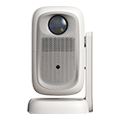
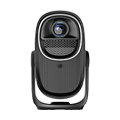



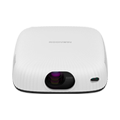
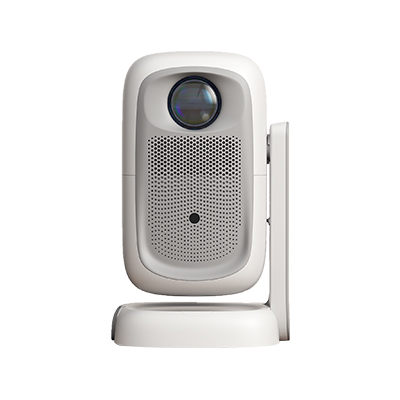
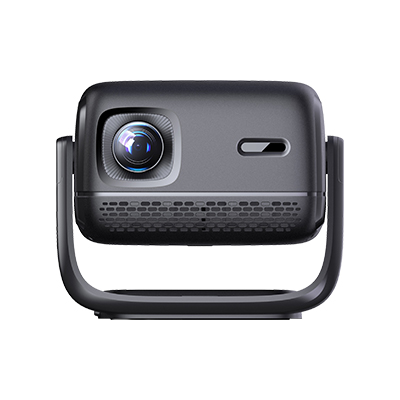
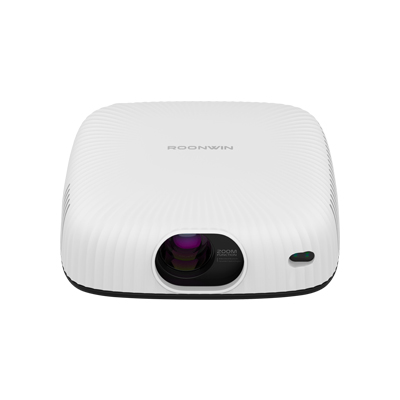









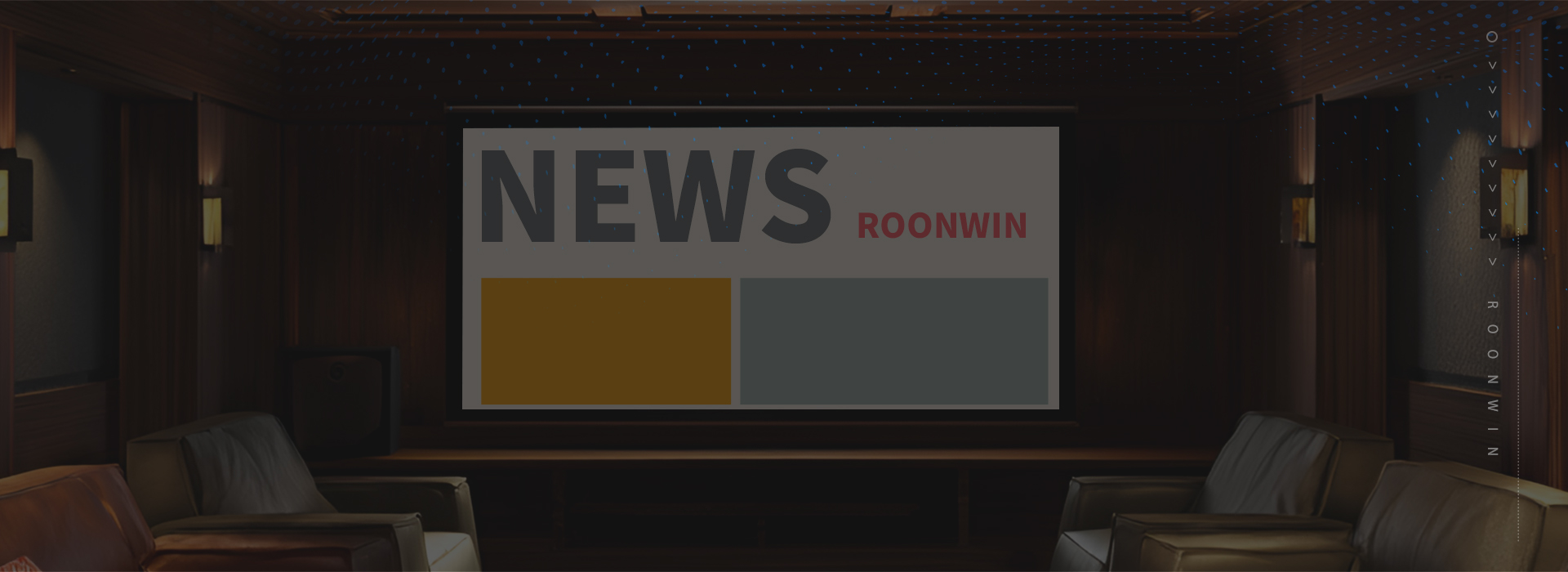
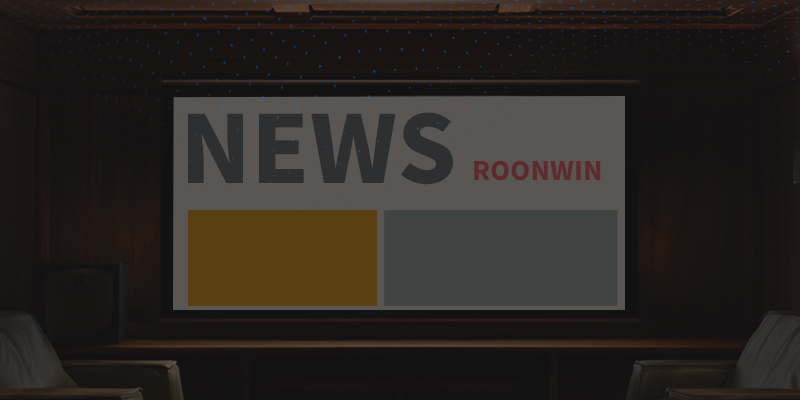
 Reviewed:
Reviewed:











